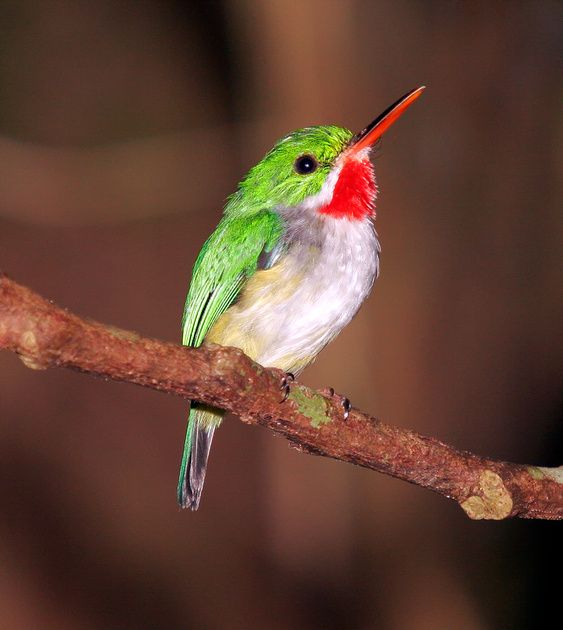- cross-posted to:
- [email protected]
- cross-posted to:
- [email protected]
The superb lyrebird (Menura novaehollandiae) is an Australian passerine songbird, one of two species from the family Menuridae, with the other being the much rarer Albert’s lyrebird. It is one of the world’s largest songbirds, and is renowned for its elaborate tail and courtship displays, and its excellent mimicry. The Superb Lyrebird size can range from 80-100 cm tall including the tail. Both male and female are similar in colour with brown feathers on the upper part of the body, and lighter brown and red throat markings. The tail feathers are dark brown above and silver grey below. Their beak, legs and feet are black. Superb lyrebirds exhibit polygyny, with a single male mating with several females. A male’s territory can overlap with up to six female territories. Within his territory, the male will construct several circular mounds of bare dirt on the forest floor, for the purpose of conducting courtship displays. The Superb Lyrebird’s preferred habitat is moist forests and woodlands. They generally roost in trees at night and forage on the ground during the day. Lyrebirds rarely move long distances, tending to stay within a 10 km radius of their preferred habitat. The Superb Lyrebird feeds on seeds, insects, spiders, worms, frogs, and smaller invertebrates. They find food by scratching with their long and sharp claws under leaf litter. They tend to forage alone unless with young. Superb lyrebirds are vulnerable to native predatory birds such as the collared sparrowhawk, gray goshawk, and currawongs. Nests are particularly vulnerable to predation, but adults are also vulnerable due to their loud calls. The Superb Lyrebird is an expert mimic. Able to copy both natural and mechanical sounds, the Suberp. Lyrebird composes these sounds into an inspiring song. Here is a link so you can listen to this bird too.
The suberb lyrebird unlike it’s counterpart the average lyrebird
Then you have the worst lyrebird, who should’ve picked another instrument
Amazing
No, superb
stupid sexy bird
Yea they be superb
name checks out
wow, this sure is a Superb™ bird
Only the most superb for you 🫡🫡🫡
Wow , I had never seen such beautiful bird in my life . It’s too cute . 😄
You could even call it superb
Yeah , they are Superb indeed 😂








